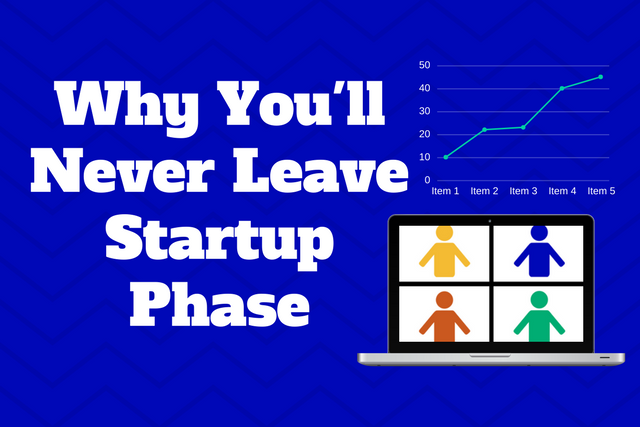Breaking Down the Numbers: Medical Care and Health Insurance Costs in the US versus the Rest of the World

A crucial component of healthcare systems across the world is the cost of medical care and health insurance. Let’s analyze the typical expenses in the US and contrast them with costs in other countries. We can see how it impacts individuals and determine what we can do to make more informed healthcare and financial decisions.
Average Cost of Medical Care and Health Insurance in the US:
Get ready for a shock, because the United States is notorious for its sky-high medical care and health insurance costs. According to the Centers for Medicare and Medicaid Services (CMS), the country’s healthcare expenditure in 2021 reached a staggering $4 trillion.
That breaks down to an average of around $11,500 per person. It’s a substantial amount of money that individuals and the nation as a whole spent on healthcare expenses.
Health insurance premiums can fluctuate significantly depending on numerous factors. The Kaiser Family Foundation (KFF) offers valuable information regarding average costs. In 2020, employer-sponsored health insurance plans had an average annual premium of $7,470 for single coverage and a whopping $21,342 for family coverage. On average, employees personally contributed $1,243 for single coverage and $5,588 for family coverage from their own pockets.
Individuals who opt to purchase health insurance on their own often face even higher costs. The HealthCare.gov marketplace provides a platform for individuals to evaluate and compare different plans. In the individual market, monthly premiums can vary significantly, ranging from a few hundred dollars to several thousand dollars. The specific amount depends on factors such as age, location, and the desired level of coverage.
Comparing US Costs with Other Parts of the World:
When you stack up the US against other places, the average cost of medical care and health insurance is extremely high. Why?
Well, our healthcare system relies heavily on private companies, and that comes with extra costs like administrative costs, profits, and advertising. These costs get passed on to the consumer, us.
According to a KFF study of data from the Organisation for Economic Co-operation and Development (OECD) and National Health Expenditure (NHE), the U.S. spent $12,914 on healthcare per person in 2021, more than any other high-income country by more than $5,000. Less than half of what the United States spends per person ($6,125) is spent on healthcare in comparable nations.
The Health Insurance Coverage in the United States: 2021 published by census.gov highlights the prevalence of private health insurance over public insurance, at 66.0 percent and 35.7 percent, respectively. Plus, the system is all fragmented with different insurers, providers, and go-betweens. Talk about complicated and costly!
Oh, and don’t get me started on the prices of pharmaceuticals here. Each person in the US pays an average of $1,300 for pharmaceuticals each year. Based on 46brooklyn Research, a nonprofit organization that researches medication pricing, drugmakers are still slowly raising list prices for current drugs by around 4% a year, albeit not as quickly as they were before 2019. The prices are generally higher than in other countries, which makes the US healthcare expenses even more insane.
On the flip side, countries with universal healthcare systems, like Canada, the United Kingdom, and Australia, tend to have lower costs. They’ve got centralized negotiations and bulk buying power to control drug prices. Plus, their single-payer or government-funded systems keep things streamlined and efficient.
Take Canada as an example. In 2021, the average annual health expenditure per person in Canada was around $6,790, which is significantly lower than the average expenditure per person in the US. This information comes from the Canadian Institute for Health Information.
The majority of healthcare services provided by hospitals and general practitioner (GP) clinics in Canada are covered by government insurance. The National Center for Biotechnology Information (NCBI) asserts that it is unlawful for private insurance to pay for services covered by public insurance in Canada. According to Harvard Health Publishing, the healthcare system in Canada is therefore a “single payer” system. The Canada Health Act of 1984 created the country’s healthcare system.
Similarly, the UK’s National Health Service (NHS) provides healthcare services to its citizens at no direct cost, funded through general taxation. Based on a study by Josh Chang et al., roughly 18% of an individual’s income tax in the UK is allocated towards healthcare, equivalent to approximately 4.5% of the average citizen’s income.
In terms of overall spending, healthcare constitutes about 8.4% of the UK’s gross domestic product (GDP), which amounts to approximately £189.84 billion. It’s important to note that while the UK does have a growing private healthcare sector, it remains significantly smaller than the public sector.
What to Do with This Information?
Now that we know the U.S. rates are so much higher than in comparable countries, it’s time to take some action:
a. Boost Your Money Smarts: Get educated about medical costs and health insurance options. Knowledge is power, my friend. When you know your stuff, you can make smart decisions and stand up for what’s best for you.
b. Shop Around for Insurance: If you’re in the U.S., it’s crucial to check out different health insurance plans. Don’t settle for just any ol’ thing. Look into the coverage, limitations, and out-of-pocket expenses. It’s all about finding the best deal and making your healthcare dollars count.
c. Speak Up for Change: We’ve seen the inflated costs, and it’s time to do something about it. Get involved in advocating for healthcare reform. Support initiatives that tackle high drug prices, simplify administrative processes or explore alternative healthcare models that focus on accessibility and affordability. Your voice matters!
In comparison to other countries, the cost of medical treatment and health insurance is significantly greater in the United States. We can navigate the healthcare environment by becoming aware of these inequities and adopting preventative measures including enhancing financial literacy, looking into insurance alternatives, and actively pushing for change.
Let’s make informed decisions and collaborate to create a healthcare system that is accessible and affordable for all. It’s time for us to seize control and make a positive impact.





